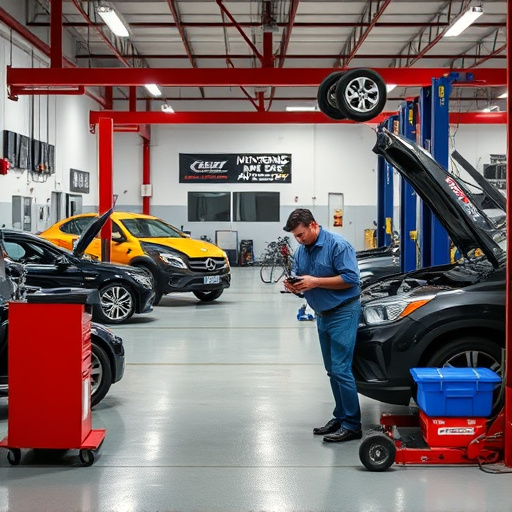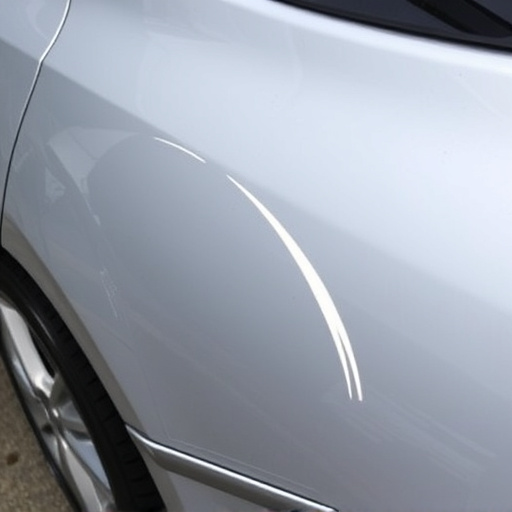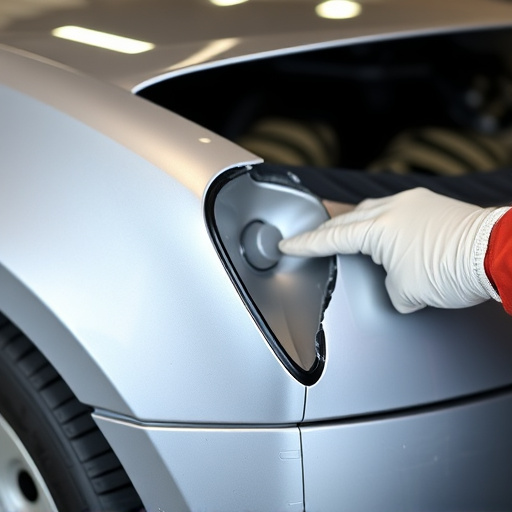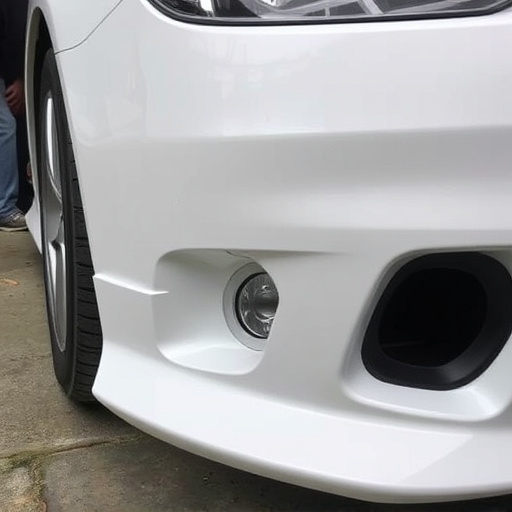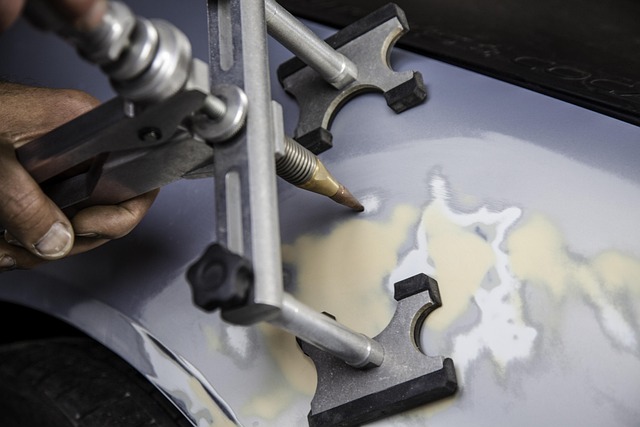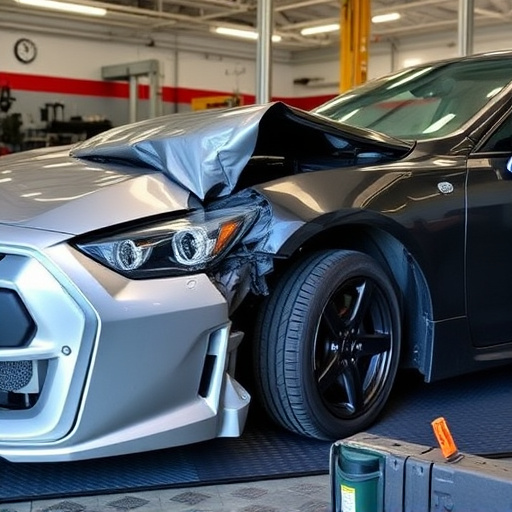Tesla carbon fiber repair requires specialized care for dents, scratches, and cracks on exterior panels. Vacuum-bagging, after meticulous preparation and filling gaps with resin, precisely restores structural integrity and aesthetic condition of carbon fiber components. Proper curing and regular maintenance extend the lifespan of repairs, enhancing overall performance and appearance of composite body panels.
“Discover the revolutionary approach to fixing Tesla’s iconic carbon fiber damage with vacuum-bagging methods. This advanced technique offers a precise and durable solution for restoring your vehicle’s composite panels. In this comprehensive guide, we’ll explore the process, from identifying common types of carbon fiber damage to understanding the science behind vacuum-bagging. Learn how this method ensures longevity, maintaining the structural integrity and aesthetic appeal of Tesla’s lightweight construction. Get ready to dive into the future of Tesla carbon fiber repair.”
- Understanding Tesla Carbon Fiber Damage
- The Vacuum-Bagging Repair Process
- Ensuring Longevity After Repair
Understanding Tesla Carbon Fiber Damage

Carbon fiber, renowned for its lightweight yet incredibly strong properties, is a favored material in modern automotive design, particularly in Tesla vehicles. However, this intricate composite material is also susceptible to damage, presenting unique challenges when it comes to repairs. Understanding Tesla carbon fiber damage is crucial for effective repair, ensuring the integrity and aesthetics of these high-performance cars.
Common issues include small dents, scratches, or cracks on surfaces like fenders, doors, or even the car’s body panel. These defects can arise from minor accidents, bird droppings, tree sap, or even everyday contact with debris. While some minor scratch repairs can be addressed using specialized polishes and compounds, more severe damage may require Tesla carbon fiber repair techniques such as vacuum-bagging. This method involves precise shaping and resining to restore the component to its original condition, matching both structural integrity and visual appeal.
The Vacuum-Bagging Repair Process

The Vacuum-Bagging Repair Process for Tesla Carbon Fiber begins by preparing the damaged area. This meticulous step involves thoroughly cleaning and decontaminating the carbon fiber composite surface to ensure optimal adhesion during the repair. Small gaps or cracks are filled with a suitable resin, carefully matched to the original carbon fiber color for seamless integration.
Once the filler is set, a vacuum bag is carefully applied over the repaired area. This innovative step creates an airtight seal, eliminating any air bubbles and ensuring a strong bond between the repair material and the carbon fiber surface. The bag is left in place for a specific duration, allowing the resin to fully cure under vacuum pressure. Following this process results in a Tesla carbon fiber repair that matches both the strength and aesthetics of the original composite material, enhancing the vehicle’s overall performance and aesthetic appeal, while also highlighting the precision of car paint services tailored for high-performance vehicles like Teslas.
Ensuring Longevity After Repair

After a Tesla carbon fiber repair using vacuum-bagging methods, ensuring longevity is paramount. This involves meticulous attention to detail during the reconstruction process to maintain the structural integrity and aesthetic appeal of the vehicle’s composite panels. The use of high-quality materials and advanced repair techniques, such as vacuum bagging, helps achieve precision that mimics the original factory finish.
Proper curing and hardening of the repaired area under controlled conditions are crucial steps to guarantee durability. An automotive body shop specializing in Tesla carbon fiber repair should follow recommended procedures for drying and setting to prevent issues like warping or delaminating. Regular maintenance and inspections can further extend the lifespan of the repair, ensuring that any signs of damage or weakness are addressed promptly, enhancing the overall performance and appearance of the vehicle’s composite body panels over time.
Tesla carbon fiber repair using vacuum-bagging methods offers a sophisticated and effective solution for damaged components. By understanding the unique challenges of carbon fiber, such as delaminations and fiber displacement, and employing this precise technique, repairs can restore structural integrity and aesthetic appeal. Ensuring longevity after repair involves careful selection of materials, meticulous craftsmanship, and ongoing monitoring. With these steps, Tesla owners can maintain the high performance and striking design of their vehicles for years to come, addressing carbon fiber damage with both efficiency and precision.

